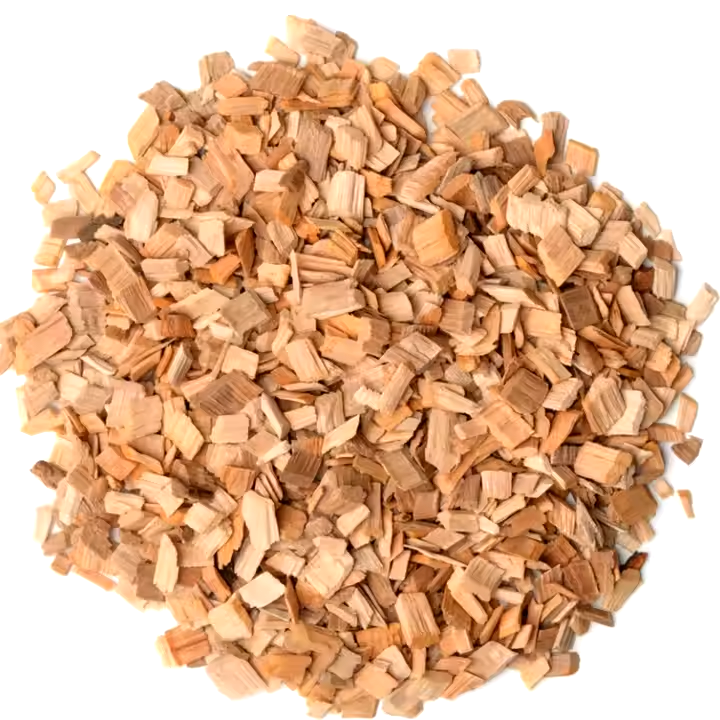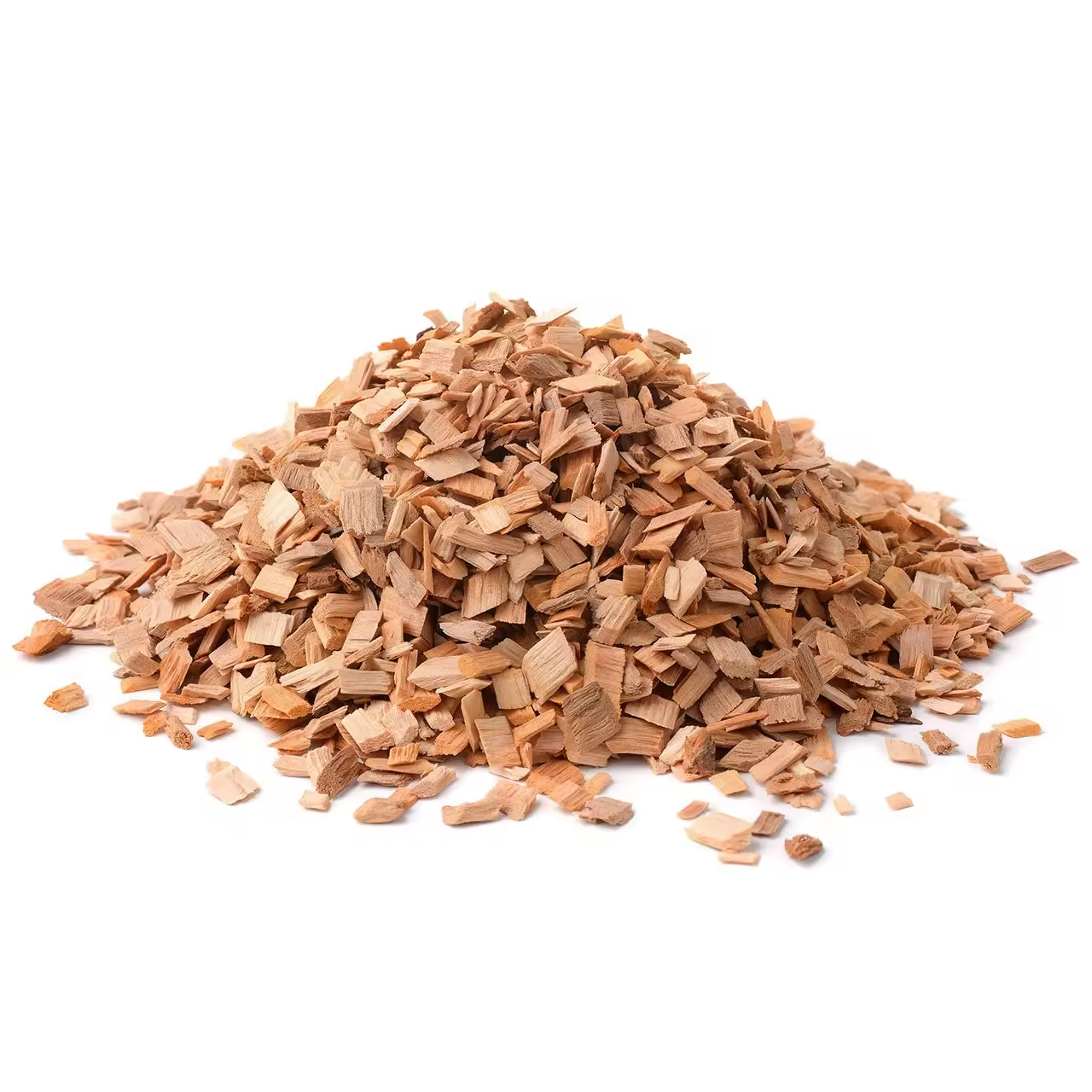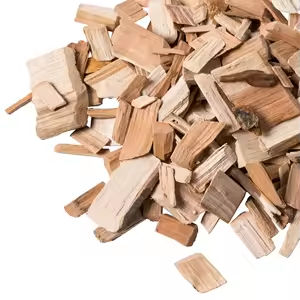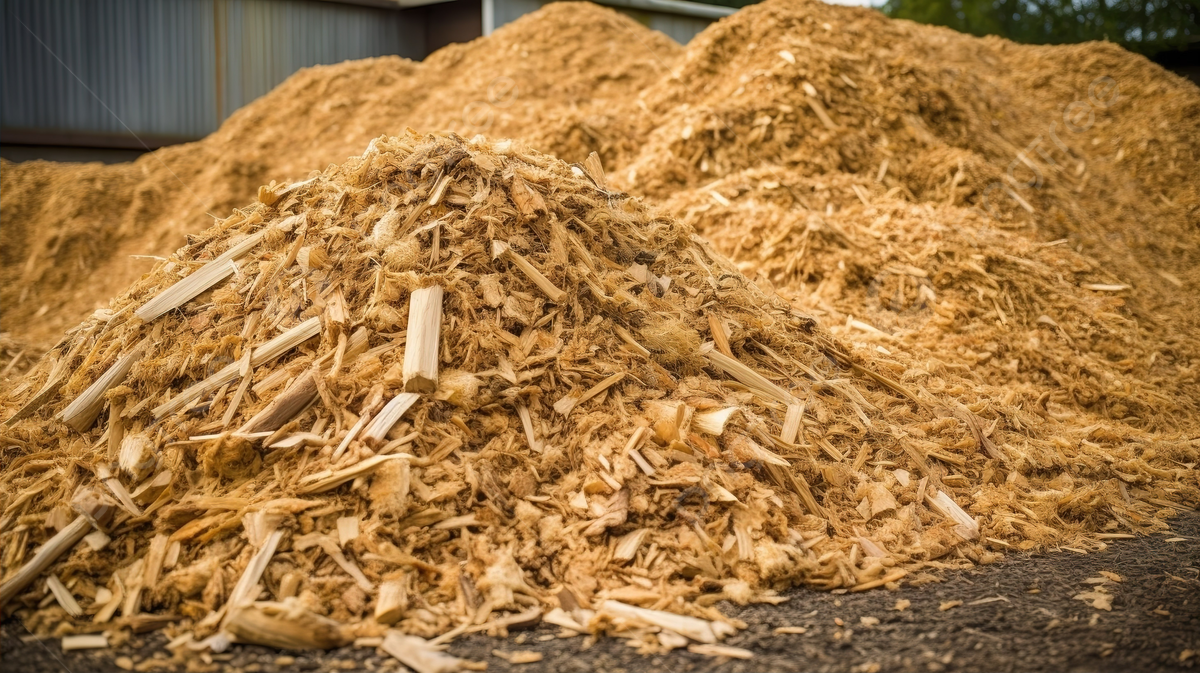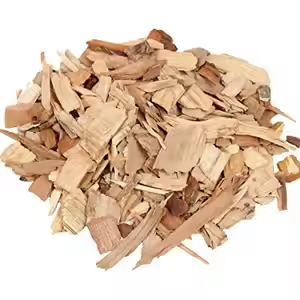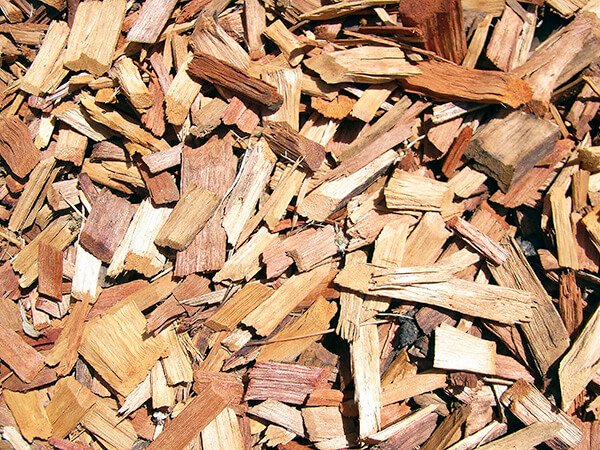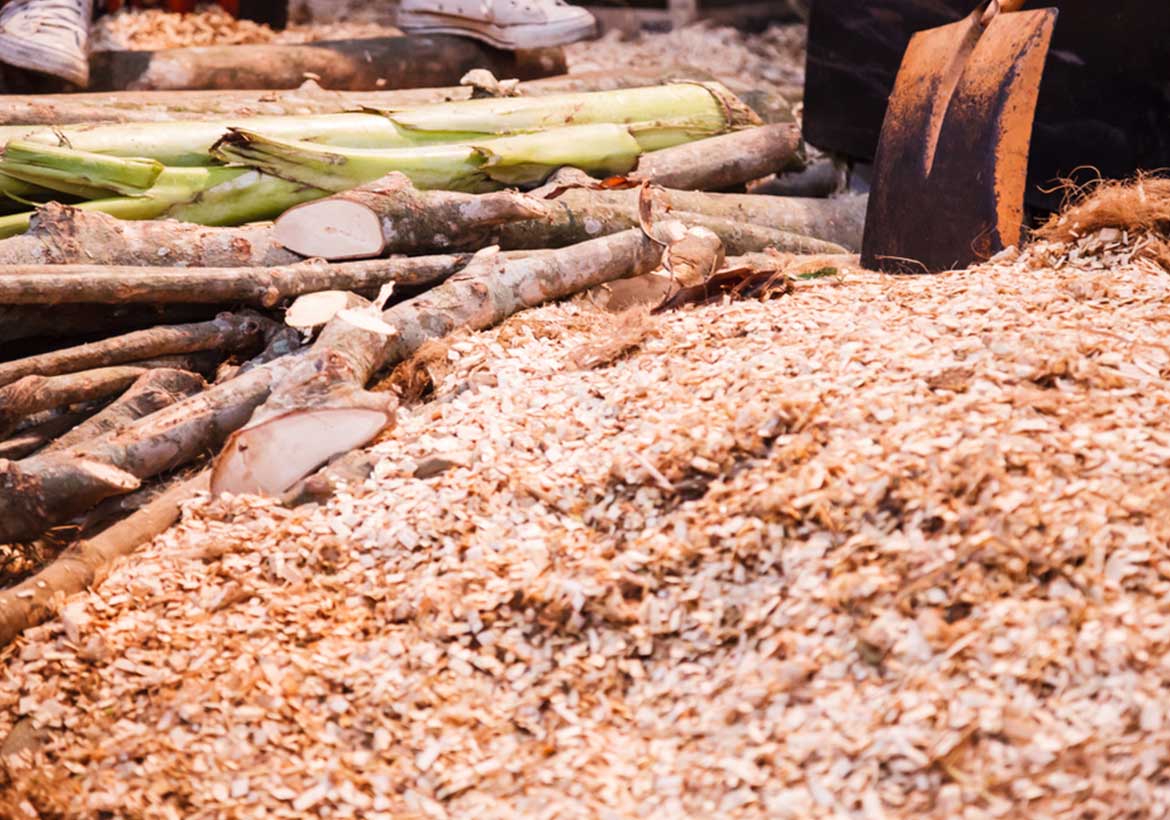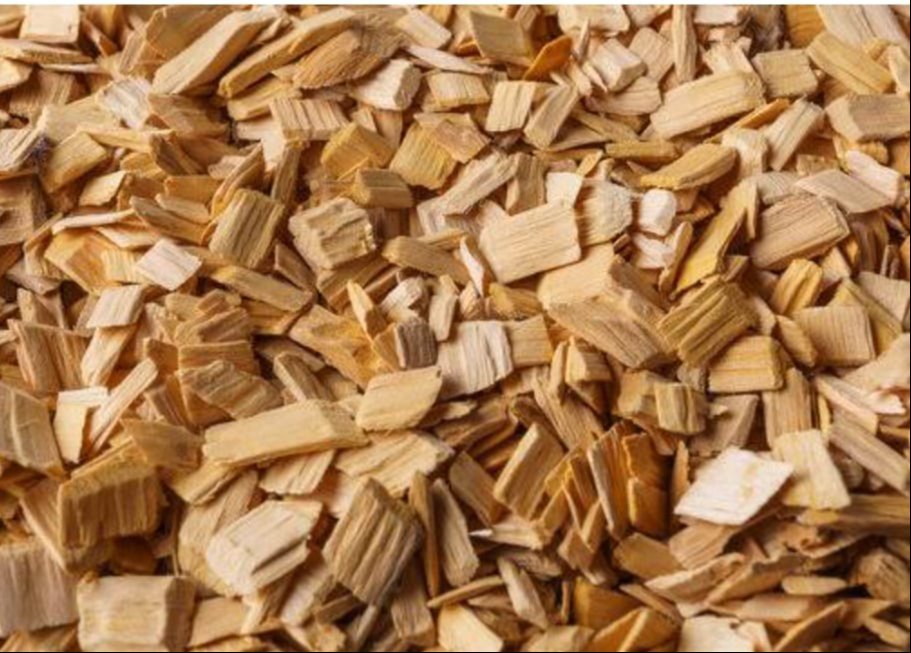Description
Wood pulp is a vital raw material derived from the fibrous components of trees, primarily used in the production of paper and various other products. The process of creating wood pulp typically involves the mechanical or chemical breakdown of wood fibers to separate them from lignin and other non-fibrous substances. This separation can be achieved through methods such as pulping, where wood chips are dissolved in a chemical solution, or through mechanical grinding. The resulting pulp can be classified into different types, including bleached, unbleached, and thermomechanical pulp, each with its specific properties and applications.
The significance of wood pulp extends far beyond paper manufacturing; it serves as a critical component in the production of a diverse range of products, including cardboard, textiles, and even some food products. The environmental impact of wood pulp production has garnered scrutiny, especially concerning deforestation and the sustainability of forestry practices. As such, the industry has increasingly shifted towards sustainable sourcing practices, focusing on managing forests responsibly, recycling paper, and utilizing alternative raw materials to mitigate ecological impacts.
Innovations in pulp processing and technology are further evolving the wood pulp industry. Advances such as enzyme-assisted pulping and the development of eco-friendly chemicals aim to reduce the environmental footprint of pulp production while maintaining quality and efficiency. Additionally, the exploration of non-wood fiber sources, like agricultural residues and hemp, presents exciting opportunities for diversifying the raw materials used in pulp production and fostering a more sustainable industry. Overall, wood pulp remains a cornerstone of countless products that touch our daily lives, making it an essential focus for both economic and environmental considerations.

